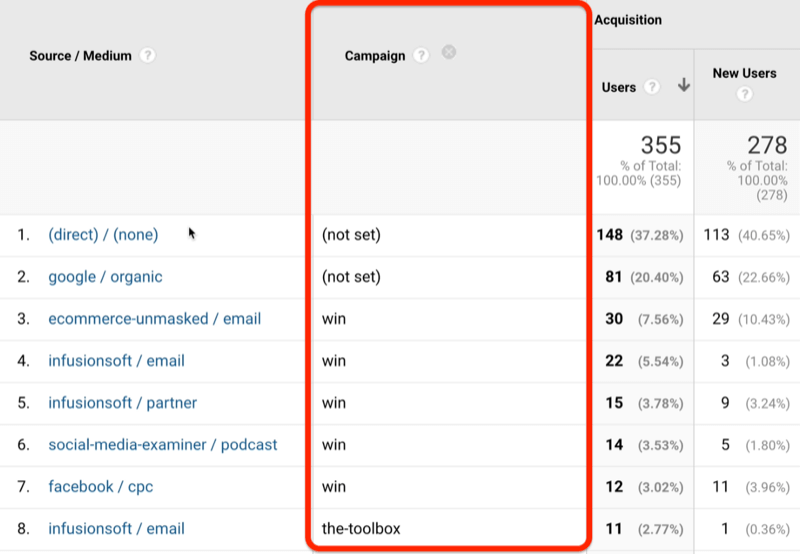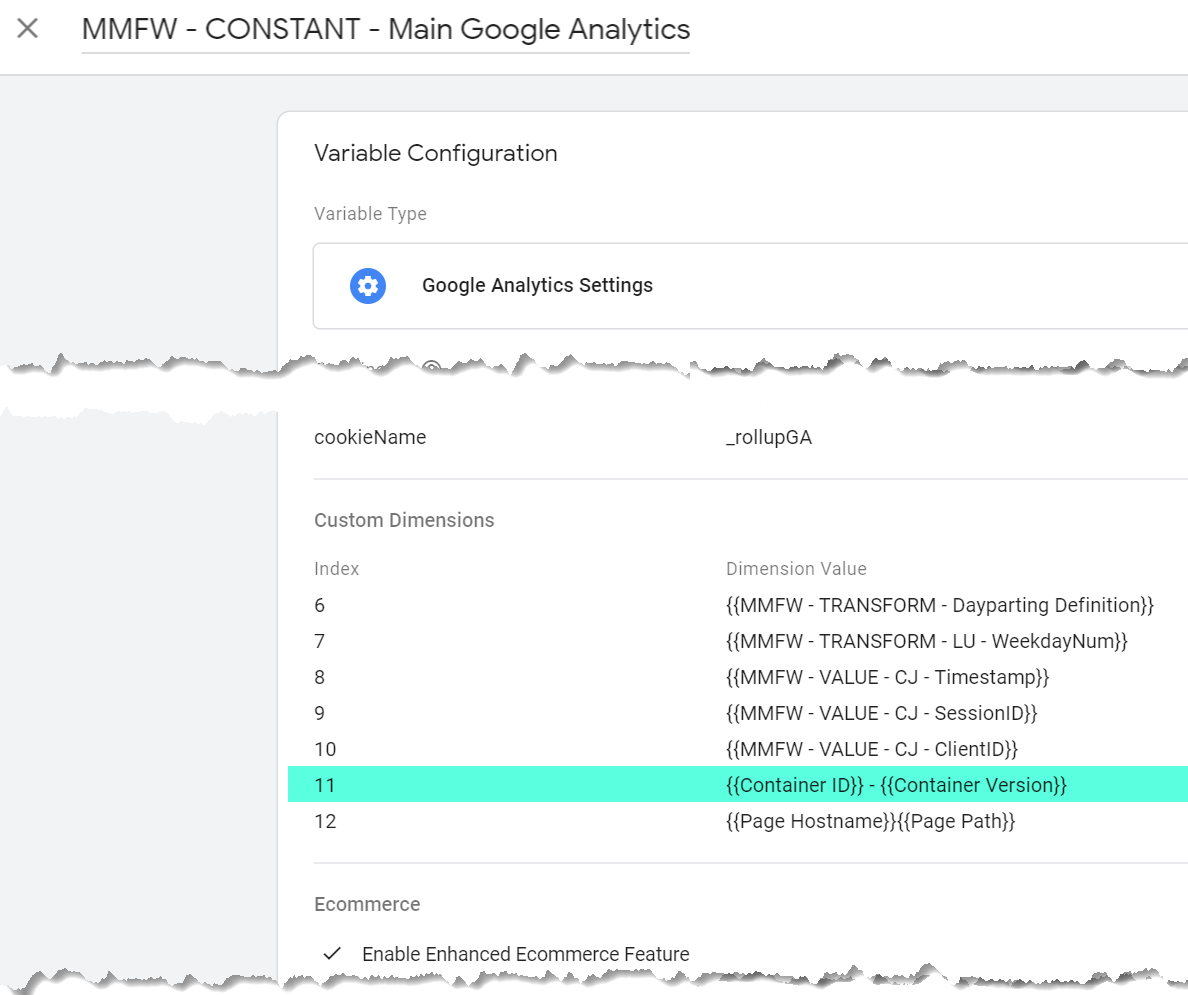Recognizing the Concept of a 'Secondary Dimension' in Google Analytics: What Does It Mean?
Recognizing the Concept of a 'Secondary Dimension' in Google Analytics: What Does It Mean?
Blog Article
Navigating the Midst of Secondary Dimension in Google Analytics: A Detailed Exploration on Its Capability
In the world of electronic analytics, the details of data interpretation frequently hold the secret to unlocking important understandings. Within the large toolkit of Google Analytics exists a feature that acts as a covert gem for those that look for a much deeper understanding of user habits and web site efficiency. Additional measurements, though apparently uncomplicated in the beginning look, nurture a riches of untapped prospective waiting to be utilized. As we get started on this trip to discover the nuanced capability of additional dimensions, we will certainly reveal just how this attribute can brighten patterns, unveil correlations, and inevitably lead the way for notified decision-making in the electronic landscape.
Comprehending Second Dimensions in Google Analytics

Recognizing just how second measurements work is crucial for leveraging the complete power of Google Analytics. These dimensions assist you address extra complex inquiries about user actions and the performance of your internet site web content and marketing initiatives. You can use second dimensions to evaluate which internet browsers or devices are most typically utilized by visitors who make an acquisition, or to compare the bounce rates of various traffic sources. By incorporating primary metrics with additional dimensions, you can get useful insights that drive informed decision-making and optimization approaches - what is a “secondary dimension” in google analytics?.
Leveraging Secondary Measurements for Data Analysis
Structure upon the foundational understanding of how additional dimensions improve data evaluation in Google Analytics, the use of these extra layers of information ends up being critical in drawing out valuable understandings for notified decision-making and optimization approaches. By leveraging secondary measurements, analysts can delve deeper right into the efficiency metrics by adding more context to the primary measurements, hence uncovering covert patterns and correlations that might not be evident in the beginning glimpse. This deeper degree of analysis allows organizations to much better recognize customer behavior, identify trends, and determine locations for improvement.
Additionally, additional dimensions offer a more detailed view of the information, permitting division based on different criteria such as demographics, devices, traffic sources, and much more. This division promotes an extra granular evaluation, making it possible for services to customize their methods and campaigns to particular audience sectors for enhanced targeting and personalization. In essence, the critical use of additional measurements empowers organizations to make data-driven decisions that drive development and success in the digital landscape.
Advanced Techniques for Second Measurement Execution
Exploring elaborate methods to harness the complete capacity of secondary measurements in Google Analytics boosts the deepness and refinement of information evaluation for calculated decision-making. One sophisticated technique for carrying out additional dimensions is making use of custom-made measurements. By defining personalized dimensions, customers can segment data further to acquire even more certain insights click to investigate into customer behavior, such as tracking interactions with specific components on a page or monitoring the performance of a specific advertising campaign. One more sophisticated strategy is the use of regex (normal expressions) within second dimensions. Regex enables for even more flexible and effective pattern matching, allowing individuals to produce intricate filters for information evaluation. Furthermore, combining additional dimensions with sophisticated sectors can provide much more granular insights by using several layers of division to the data. This approach permits for a deeper understanding of user actions based on numerous criteria simultaneously. Carrying out these sophisticated techniques for second dimensions in Google Analytics empowers individuals to perform extra innovative analysis and make data-driven choices with precision.
Interpreting Insights With Additional Measurements

When translating insights via second dimensions, it is important to take into consideration the context of the data and how various measurements communicate with each various other. For instance, understanding which certain traffic sources cause higher conversion prices or identifying which gadgets customers favor for making acquisitions can supply actionable insights for enhancing marketing campaigns and enhancing total web site performance. By carefully taking a look at the information with additional measurements in mind, companies can make enlightened choices that drive meaningful results and boost their electronic existence.
Maximizing Efficiency With Second Dimensions

One crucial method to optimize efficiency with second dimensions is by segmenting data a lot more granularly. This allows you to isolate particular aspects that might be influencing your metrics and gain a far better understanding of what drives success or failing in your electronic campaigns. By integrating secondary measurements such as 'gadget group' and 'touchdown web page,' you can determine which gadget types are most efficient for particular touchdown web pages, allowing you to customize your techniques appropriately.
Additionally, utilizing secondary measurements can aid you recognize patterns, patterns, and connections that might not be noticeable when evaluating information with main dimensions alone. This deeper level of analysis can lead to more educated decision-making and ultimately improve the overall performance of your site or electronic advertising and marketing campaigns.
Conclusion
In final thought, additional dimensions in Google Analytics play an important duty in boosting information analysis and offering much deeper understandings right into site performance. By making use of advanced techniques and analyzing the information properly, services can maximize their approaches and enhance total performance. Recognizing the performance of secondary dimensions is crucial for making notified choices and driving success in the electronic landscape.
By leveraging second measurements, experts can delve deeper right into the efficiency metrics by including even more context to the key dimensions, thus revealing hidden patterns and relationships that might not be evident at initial look. One advanced strategy for executing second measurements is the use of customized measurements.Having actually grasped sophisticated strategies like custom-made dimensions and regex for secondary dimension implementation in Google Analytics, the following critical step is interpreting the important understandings derived with these innovative data segmentation methods. Translating insights via secondary dimensions involves analyzing the relationships in between the key and secondary measurements chosen, uncovering patterns, fads, and connections that may not be right away evident when looking at the information in its whole.When translating understandings through second measurements, it is important to take into consideration the context of click this the data and just how different dimensions engage with each other.
Report this page